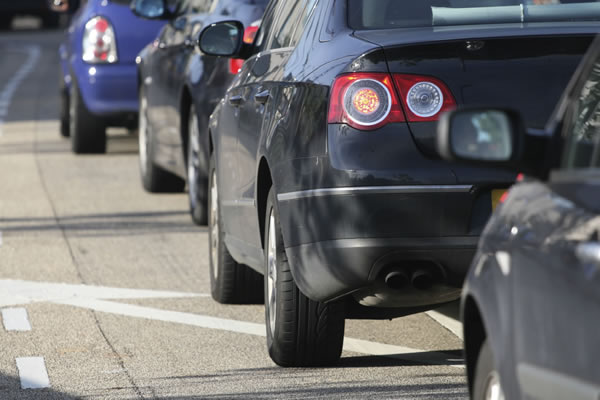Manual for Streets
In 2007 the Department for Transport published Manual for Streets, which provided guidance on the design, construction and maintenance of residential streets based on a detailed appraisal of operational factors and the findings of current empirical research.
Manual for Streets replaces Design Bulletin 32, first published in 1977, and its companion guide Places, Streets and Movement.
Manual for Streets updates the link between planning policy and residential street design. It refocuses on the place function of residential streets, giving clear guidance on how to achieve well-designed streets and spaces that serve the community in a range of ways.
For the purpose of Manual for Streets, a street is defined as a highway that has important public realm functions beyond the movement of traffic. Most highways in built-up areas can be considered as streets.
Manual for Streets is directed at all those involved with (but not exclusive to) the planning, design, approval or adoption of new residential streets, and modification of existing residential streets.
The aims of Manual for Streets include :-
- Bring about a transformation in the quality of streets;
- Better designed streets contribute significantly to the quality of the built environment and play a key role in the creation of sustainable, inclusive, mixed communities consistent with the objectives of planning policy;
- Predominately used for the design, construction, adoption and maintenance of new residential streets, but it is also applicable to existing residential streets (subject to context);
- Streets should not be designed just to accommodate the movement of motor vehicles. Designers are required to place high priority on meeting the requirements of pedestrians, cyclists and public transport users, so that growth in these modes of travel is encouraged.
The main changes in the approach to street design that Manual for Streets recommends is summarised as follows:-
- Applying a user hierarchy to the design process with pedestrians at the top;
- Emphasising a collaborative approach to the delivery of streets;
- Recognising the importance of the community function of streets as spaces for social interaction;
- Promoting an inclusive environment that recognises the needs of people of all ages and abilities;
- Reflecting and supporting pedestrian desire lines in networks and detailed designs;
- Developing master plans and preparing design codes that implement them for larger-scale developments, and using design and access statements for all scales of development;
- Creating networks of streets that provide permeability and connectivity to main destinations and a choice of routes;
- Moving away from hierarchies of standard road types based on traffic flows and/or the number of buildings served;
- Developing street character types on a location-specific basis with reference to both the place and movement functions for each street;
- Encouraging innovation with a flexible approach to street layouts and the use of locally distinctive, durable and maintainable materials and street furniture;
- Using quality audit systems that demonstrate how designs will meet key objectives for the local environment;
- Designing to keep vehicle speeds at or below 20mph on residential streets unless there are overriding reasons for accepting higher speeds; and
- Using the minimum of highway design features necessary to make the streets work properly.
During its preparation, efforts have been made to ensure that Manual for Streets represents a broad consensus and that it is widely accepted as good practice.
Manual for Streets is a key document utilised in highway design and preparation of the Transport Assessment. The principles of the document reach beyond residential developments and encompass the broad principles of highway design requirements for a variety of locations and situations.
You may view Manual for Streets in PDF format here.
What Our Clients Say:
Swept Path Analysis and Visibility Drawing incorporated into a Technical Note, Proposed Residential Dwelling, Colchester.
Highway Statement, Proposed Residential Development, Stockport
Transport Assessment, Proposed Residential Development (170 dwellings), Essex
Speed Survey, Proposed Private Residential Development – Testimonial
Access Feasibility Study, Proposed Private Residential Development – Testimonial
Analysis of Speed Survey and Swept Path Analysis
Stage 2 Road Safety Audit, Residential, Staffordshire
Construction Traffic Management Plan
Flood Risk Assessment, Testimonial, Industrial Development, Sheffield
Travel Plan
Require Assistance with a Highway Planning Matters?
Sanderson Associates have enjoyed over 37 years in business, our experienced engineers have extensive experience in assisting our Clients with Highway Planning Matters for a wide variety of major and minor developments throughout the whole of the UK, Isle of Man and Ireland.
We would be pleased to provide you with our competitive fee proposal to assist you with any Highway Planning Matters, please call us on 01924 844080 or click here to complete our secure online form.




